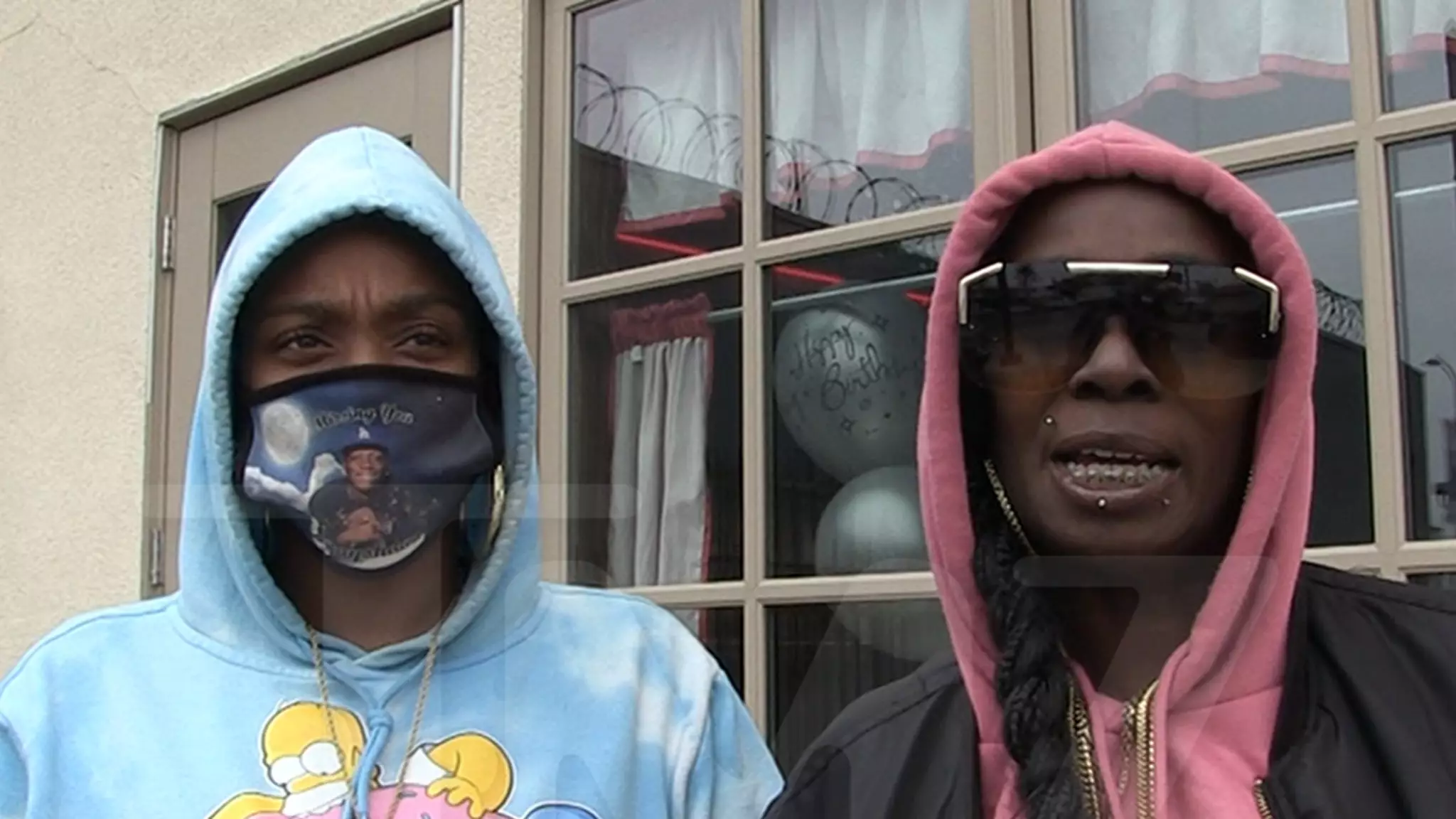Los Angeles has long been a breeding ground for gang culture, often intertwining lives and destinies in tragic ways. The recent case involving Eugene “Big U” Henley Jr. has shed light on the harrowing consequences of this lifestyle. U, a prominent gang leader, has been hit with charges that range from murder to more organized crime initiatives that paint a grim picture of the streets of L.A. While one might argue that this event is merely a reflection of gang rivalry, the human cost is unfathomable.
Shadonna Brown, the grieving mother of the alleged murder victim, Rayshawn Williams, has stepped into the public eye, revealing painful insights that resonate deeply with those touched by violence. Her claim that “a mother’s intuition” guided her to suspect Big U aside, the very fabric of their relationship—once business-oriented through a music label—has unravelled into a tapestry wrought with betrayal and grief. It showcases a broader narrative often overlooked: that charisma and respect within certain communities can spiral into mechanisms of control that extinguish lives.
Allegations and the Impact of Threat
According to the federal indictment, the details surrounding Williams’ death are chilling. Allegations suggest that an altercation in Las Vegas led to his murder, with Big U allegedly disposing of Williams’ body in the desert. Such brutality underscores the grim reality of retribution that often permeates the gang landscape. For Brown, this case is not just a legal battle; it is an emotional rollercoaster. The loss of her son resonates not only as a personal tragedy but as an emblem of systemic failure in the fight against gang-related violence.
Brown’s plight is further exacerbated by the resulting threats she perceives in her neighborhood. The family’s decision to initiate a GoFundMe campaign for relocation purposes speaks volumes about their fear and the environment they find themselves in. It raises critical discussions about safety, justice, and the long-lasting impact of gang affiliations that reach far beyond physical altercations.
A Community in Turmoil
The implications of this case reach into communities already grappling with the effects of violence. Williams was not just an artist under Big U’s label, he was part of a broader community narrative that often sees promising young individuals caught in the crossfire. The relationship dynamics—Brown’s trust in Big U as a mentor juxtaposed with the betrayal she feels—highlight the complex interconnections between loyalty, trust, and the consequences of violent lifestyles.
Big U’s legal defense struggles with more than just the charges; it contends with the stark realities of public perception and the community’s anguish. In a world where street cred can sometimes overshadow morality, this case serves as a stark reminder of how quickly allegiances can fracture, leading to profound tragedies.
Overall, the desperate plea of a mother seeking justice for her son against the backdrop of L.A.’s gang scene compels us to reconsider how we address these systemic issues. The prevailing sentiment is one of anger and heartbreak, urging society to reflect on the real cost of gang culture that claims lives and devastates families like that of Rayshawn Williams.

Leave a Reply